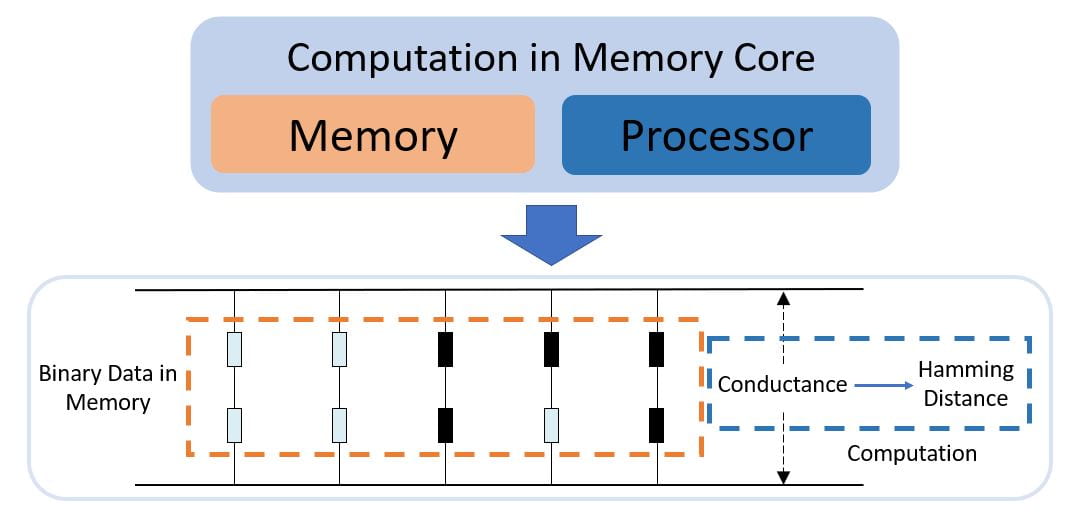Have you ever pondered the enigma of how a computer can solve complex equations or simulate intricate systems that govern our universe? This riveting inquiry introduces us to the fascinating realm of mathematical computing. Mathematical computing is an interdisciplinary field that intricately weaves together mathematics, computer science, and physics, resulting in powerful tools and methodologies that facilitate problem-solving across various domains. This article seeks to unravel the complexities of mathematical computing, highlighting its fundamental components, applications, and the challenges it poses to both practitioners and scholars alike.
At its core, mathematical computing encompasses the use of algorithmic processes and numerical methods to address mathematical problems through computational means. These processes are grounded in both continuous and discrete mathematics, enabling the development of models that can simulate real-world phenomena. From the elegant theories of calculus to the robust frameworks of linear algebra, these mathematical foundations form the bedrock upon which computational solutions are constructed.
One of the primary domains of focus within mathematical computing is numerical analysis, which seeks to develop algorithms for approximating solutions to mathematical problems that may not have closed-form solutions. For instance, consider the task of calculating the roots of a polynomial equation. While certain polynomial functions can yield straightforward solutions via traditional methods, others may require iterative procedures such as Newton’s method or the bisection method to converge on a numerical answer. The artistry of numerical analysis lies in its ability to render workable solutions from the abstract, allowing for the exploration of equations that were previously deemed intractable.
Moreover, mathematical computing is heavily utilized in optimization problems, an area that is particularly relevant in today’s data-driven landscape. Optimization focuses on finding the best solution from a set of feasible options, often subject to various constraints. It manifests in fields ranging from economics—where resource allocation must be optimized—to engineering—where structural designs must meet strict performance criteria. The implementation of algorithms such as the Simplex method or Genetic algorithms exemplifies how mathematical computing can lead to innovative solutions that enhance efficacy and productivity across diverse sectors.
The integration of statistical methods within mathematical computing further enriches the field. Statistical computing, as a subset, employs mathematical algorithms to analyze and interpret data. Given the exponential growth of big data, the ability to perform sophisticated statistical analyses with computational tools has become increasingly critical. From machine learning applications to probabilistic modeling, the synergy between statistics and computing methodologies illustrates the need for interdisciplinary collaboration in solving modern problems.
In addition to these foundational elements, mathematical computing wields considerable influence in the domain of simulation. Through numerical modeling, researchers can replicate physical systems and phenomena, providing invaluable insights into their behavior under varying conditions. For instance, weather forecasting relies heavily on computational models that simulate atmospheric conditions using differential equations. These models facilitate a predictive understanding of meteorological changes, allowing us to prepare for impending weather events.
A crucial aspect of mathematical computing is its reliance on programming languages and software. A myriad of tools exists, each tailored to specific tasks within mathematical computing; from Python and MATLAB to R and Julia, these languages enable the translation of mathematical concepts into computational procedures. As such, mastery of these languages becomes an indispensable skill for anyone aspiring to excel in the field. However, it also presents a potential challenge: the continuous evolution of software and programming paradigms demands that practitioners remain perpetually engaged in lifelong learning.
Despite the remarkable advancements that mathematical computing has facilitated, it is not without its challenges. The complexity inherent in mathematical models can lead to issues such as numerical instability or convergence failures, where algorithms fail to produce accurate results within a reasonable timeframe. This interplay between complexity and computational feasibility raises intriguing questions about the limits of mathematical computing. How do we determine when a model is too complex to be solved efficiently, and what heuristics can guide our decisions in such scenarios?
Furthermore, as computational power continues to escalate, the ethical implications of mathematical computing warrant vigilant scrutiny. Where does mathematical computing intersect with moral responsibility, particularly concerning algorithmic decision-making in fields such as finance, healthcare, and law enforcement? Biases in data or algorithms can perpetuate inequities, thereby challenging the integrity of solutions derived through mathematical computing. Thus, critical engagement with both the mathematical and ethical dimensions of the field is necessary to mitigate potential pitfalls.
In summary, mathematical computing represents a robust intersection of various disciplines, yielding transformative solutions to some of contemporary society’s most pressing challenges. From numerical analysis to simulation and statistical computing, its breadth of applications is extensive and continuously evolving. However, this dynamic field also brings forth profound challenges—ranging from complex model behaviors to ethical dilemmas—inviting ongoing inquiry and interdisciplinary collaboration.
The journey into mathematical computing raises the question: Are we fully prepared to harness its capabilities for societal benefit while navigating the intricate challenges it presents? As research continues to advance, it is imperative that we cultivate a generation of mathematicians and computer scientists equipped not only with technical acumen but also with an acute awareness of the responsibilities that accompany their work. This synthesis of knowledge and ethics will ultimately shape the future trajectory of mathematical computing, ensuring it serves as a force for good in the world.












